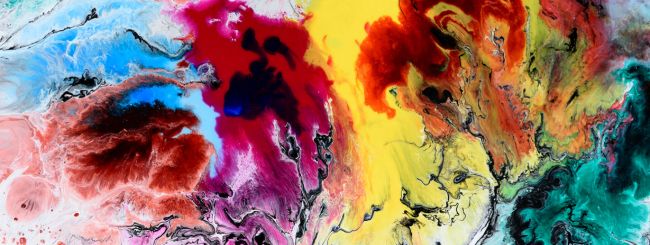בס”ד
Take the sum of all the congregation of the children of Israel, by their families, by their fathers’ houses, according to the number of names, every male, by their polls (Numbers 1:2)
The Zohar HaKadosh (Parshas Bamidbar) relates that when G-d created man, He created a being that would be inclusive of all elements in the universe, from the spiritual to the physical, both male and female, as the verse states, “male and female created He them” (Genesis 1:27). This luminous being filled the universe with light from one end to the other, and was held in awe by all other creatures. Eventually, man became a dualistic entity, with separate members representing the various elements that were once unified. Occasionally, there would come along a personality who was able to “bring it all together”; one of these was Jacob.
Jacob (Yaakov) represents the Divine Attribute of Tiferet, which anatomically corresponds to the heart, the center of our bodies and of our consciousness. Tiferet, which means “glory”, is called as such because it is a blend of disparate, even opposing, elements. Rainbows are an example of this Divine Attribute; the separate colors which comprise a rainbow, are able to be unified without losing their respective identities–and yet, this unification gives rise to an entirely new item. A rainbow is not simply a composite of the colors from red to purple; it is a distinct creation in and of itself.
Yaakov is also known by the name Yisrael, and he was the father of the Jewish people, who are also known as the B’nei Yisrael. The twelve tribes that comprise the Jewish people represent diversity brought together in a way that enables people to be both individual and united. Our parsha is very detailed with regard to the enumeration of people in each tribe, as well as with the placement of each tribe in the encampment. Each tribe has its location and its flag, as well as a mitzvah to remain distinct. Yet, the machane yisrael (encampment of Israel) is incomplete without each member of each tribe. Together, the children of Jacob reconstitute the entity that is all-inclusive, and this is reflected in the verse, “Israel, through you I will be glorified” (Isaiah 49:3). When there is unity, G-d is glorified. This is represented by the placement of the mishkan, the Tabernacle, in the center, at the heart.
This model is the vision of the Jewish people, but is ultimately the destiny of all mankind, who will ultimately be brought together in a “so that they all will call out to G-d and serve Him as one” (Zephaniah 3:9). May we merit to see unity in diversity which brings glory to G-d.
GOOD SHABBOS! SHABBAT SHALOM!
By Rabbi Tani Burton
© Copyright, all rights reserved. If you enjoyed this article, we encourage you to distribute it further.
